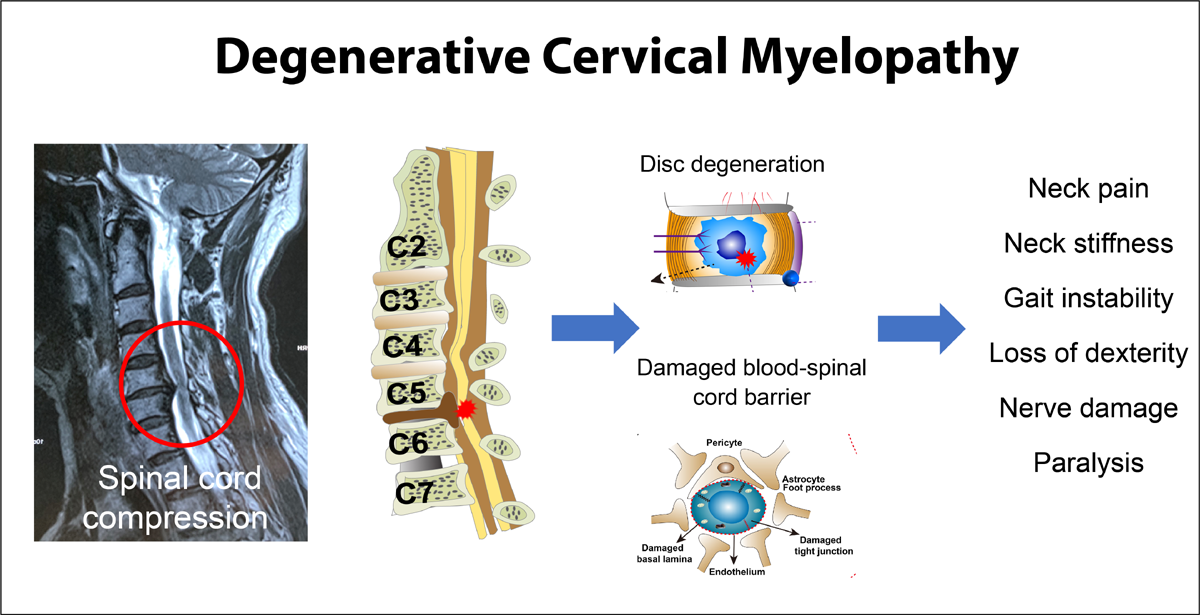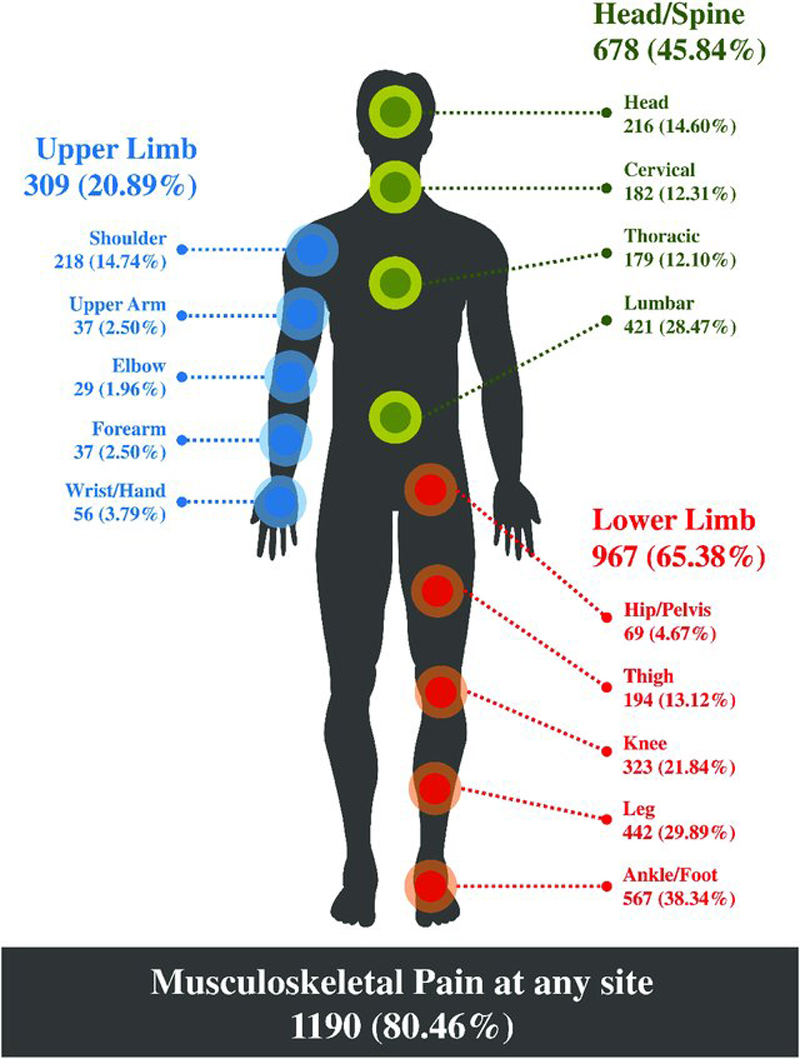Vertical Posture and Head Stability in Patients With Chronic Neck Pain
SOURCE: J Rehabil Med. 2003 (Sep); 35 (5): 229–235
P. Michaelson, M. Michaelson, S. Jaric, M .L. Latash, P. Sjölander, M. Djupsjöbacka
Southern Lapland Research Department
Vilhelmina, Sweden.
OBJECTIVE: To evaluate postural performance and head stabilization of patients with chronic neck pain.
DESIGN: A single-blind comparative group study.
SUBJECTS: Patients with work-related chronic neck pain (n = 9), with chronic whiplash associated disorders (n = 9) and healthy subjects (n = 16).
METHODS: During quiet standing in different conditions (e.g. 1 and 2 feet standing, tandem standing, and open and closed eyes) the sway areas and the ability to maintain the postures were measured. The maximal peak-to-peak displacement of the centre of pressure and the head translation were analysed during predictable and unpredictable postural perturbations.
RESULTS: Patients with chronic neck pain, in particular those with whiplash-associated disorders, showed larger sway areas and reduced ability to successfully execute more challenging balance tasks. They also displayed larger sway areas and reduced head stability during perturbations.
There are more articles like this @ our:
The Whiplash Page and the:
CONCLUSION: The results show that disturbances of postural control in chronic neck pain are dependent on the etiology, and that it is possible to quantify characteristic postural disturbances in different neck pain conditions. It is suggested that the dissimilarities in postural performance are a reflection of different degrees of disturbances of the proprioceptive input to the central nervous system and/or of the central processing of such input.
From the FULL TEXT Article:
INTRODUCTION
Several studies have reported significant disturbances of vertical posture during various standing and walking conditions in patients with chronic neck pain. [1-4] There are however conflicting reports on the characteristics of postural sway during quiet standing in patients with chronic neck pain. McPartland et al. [5] reported similar body sway in patients suffering from chronic neck pain to that seen in healthy subjects. In contrast, poor balance and increased sway have been reported in several studies of patients with chronic musculoskeletal pain of various aetiologies including patients with whiplash injuries. [1-4, 6] In studies of the migration of the centre of pressure (CoP), increased sway has been indicated for patients with cervical dizziness and vertigo. [7, 8] Patients with chronic neck pain have been reported to develop significantly larger mean torque during simple balance test, compared with healthy control subjects, but not during more challenging tests such as one-foot and tandem standing. [5] However, it has also been shown that the ability to execute different postural tasks is reduced with increasing task complexity in patients with whiplash associated disorders (WAD). [4]
Read the rest of this Full Text article now!






Leave A Comment